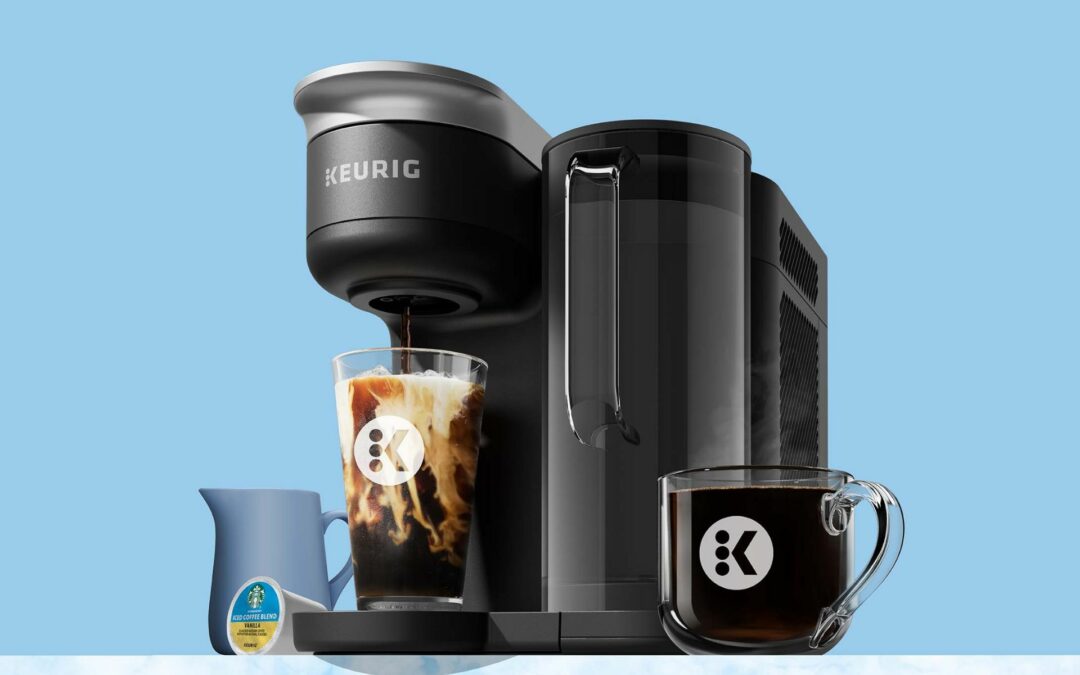Trend forecasters like to talk about things that influence an industry including lifestyle, food & beverage, economy, cohorts and generations, décor and life stage. When these things start to form a pattern, they showcase a trend.
And how does this affect home and housewares? It affects everything, said Leigh Ann Schwarzkopf, principal, Project Partners Network, and Nikki Gondell, founding partner, Trend House, Inc., during their Connect FALL session on Wednesday.
Trend House works with several international trend forecasters, and for this presentation, Gondell chose MoodSign Milan’s Spring 2024 trends. There are four stories they are working on — Harmony, Rebirth, Tropical Lush and Color Me Happy!, she said, and then focused on Harmony and Rebirth, explaining how they incorporate food and flavors and housewares design directions.
Harmony
The consumer mindset behind this story is for those who want a harmonious life for themselves with equilibrium and balance, physical, emotional and spiritual balance. Good health and peace of mind are the two components that create true self-care. “When we slow down, we can allow the beauty and poetry of life to come in,” Gondell said. “When we’re rushing and hurrying and stressing, we shut ourselves out from the present moment.”
This has led to a reawakening to opting out of the hustle culture; quiet quitting and slowing down and taking it easy, getting proper sleep, breathing deeply, and being more relaxed, she said.
Another element, cottagecore, is a movement that came about during the height of the pandemic when consumers were craving safety. It brought a safe, cozy, familiar, friendly environment to one’s home. It allowed consumers to facilitate doing things they never did before because they had more time and were indoors more. For example, if you couldn’t find bread, you learned how to make it and then found you liked making bread, Gondell said. Some of the behaviors developed during the pandemic are the new normal, she added, saying, “We’re not eating out as often, we’re cooking at home more.”
The color palette for Harmony is fresh and clean. It focuses on colors of spring, shades of peach pink, lavender and cherry combine with natural shades of warm and fragrant beige. The colors are easy to live with.
The food and flavors associated with Harmony are fresh, clean and have health-boosting properties. It is a major consumer driver and presents opportunities and challenges. A Deloitte survey showed that 90% of respondents said fresh food makes them happy. They aspire to have food that is clean, organic, natural, less processed and with fewer additives.
Gondell discussed the design inspirations for housewares, which includes how we facilitate welcoming and relaxed experiences for the meal, entertaining, getting dinner to the table and cocktails. One answer – sheet pan meals, which allow you to make the entire meal on one pan are trending up. This type of cooking also gives consumers permission to not be perfect with everything, she said. Design inspiration also comes from the friendly and familiar; sweet, simple and nostalgic; charming and original; easy and versatile; indoor/outdoor; personal and emotional; and conscious and conscientious.
Rebirth
The consumer mindset behind this story is similar to harmony but is a radical reconnection to our lives and wild world. We move away from a screen-centered focus and reconnect with the world, to our shared humanity, our instincts and our mother earth, Gondell said. The décor is a warm comforting style showcasing the beauty of earthy materials, texture and forms, and honoring the traditions and artistry of other cultures.
The color palette is focused on earthy shades and natural dyes. Indigo blue and beetroot are flanked by varying natural shades of brown, and a pear green is an essential key to complete the vegetal mood. Blues and browns are popular. Whenever there has been a very stressful external event, brown comes back because from a color psychology viewpoint it makes us grounded and rooted, and we gravitate toward that, Gondell said. Earth and brown colors are very big right now, she added.
Food and flavors associated with the Rebirth story feature new horizons and new connections, a street flood influence, post-fusion, spice sensations, ancient know-how, 5-star wild, foraged and in season and open fire cooking. Illustrating post-fusion, Gondell, who grew up with an Italian/Catholic mother and a Romanian/Jewish father, remembered how her mother would make a Seder with a pasta course in the middle. “She wasn’t mixing flavor profiles, but we just grew up merging the different cultures at the dinner table,” Gondell said.
Design inspirations include earthy, organic and tactile; cultural exchange; vegetable dyes and pigments; artistry, clay and soul; handmade and hand-forged, ancient techniques; woven, knotted and linked; and share, learn and explore.
Schwarzkopf then shared data points on food, lifestyle and housewares trends.
- Of people who eat at home, 46% watched TV during their most recent meal at home and 68% of people who made all of their meals enjoyed it. When it comes to generations, Boomers led the way in making all of the meals, followed by Gen X and Millennials. Gen Zers were the top group in making some or none of the meals.
- The growth of the resale economy – promotes messages of better value, greater selection and being kind to the planet. Americans sit on 23.6 billion products that are unused.
- Is becoming more acceptable to purchase secondhand products. 36% of consumers have bought secondhand furniture and homewares in the last year.
- Retailers are joining the resale & refurbish market or offering donation programs where gently used products are donated to shelters and or organizations. They include Nordstrom, Williams Sonoma, Walmart and Goodwill.




